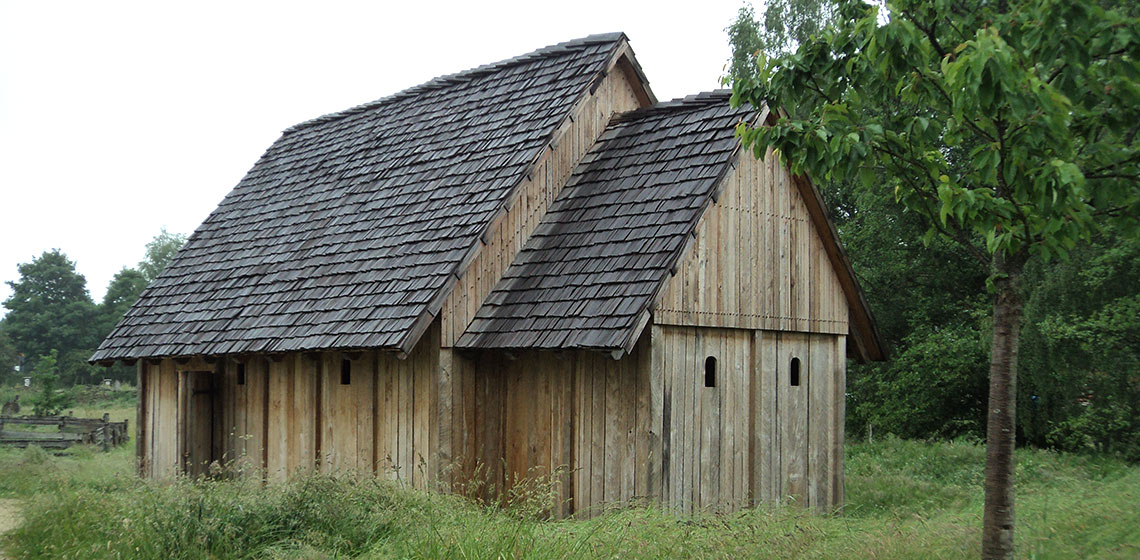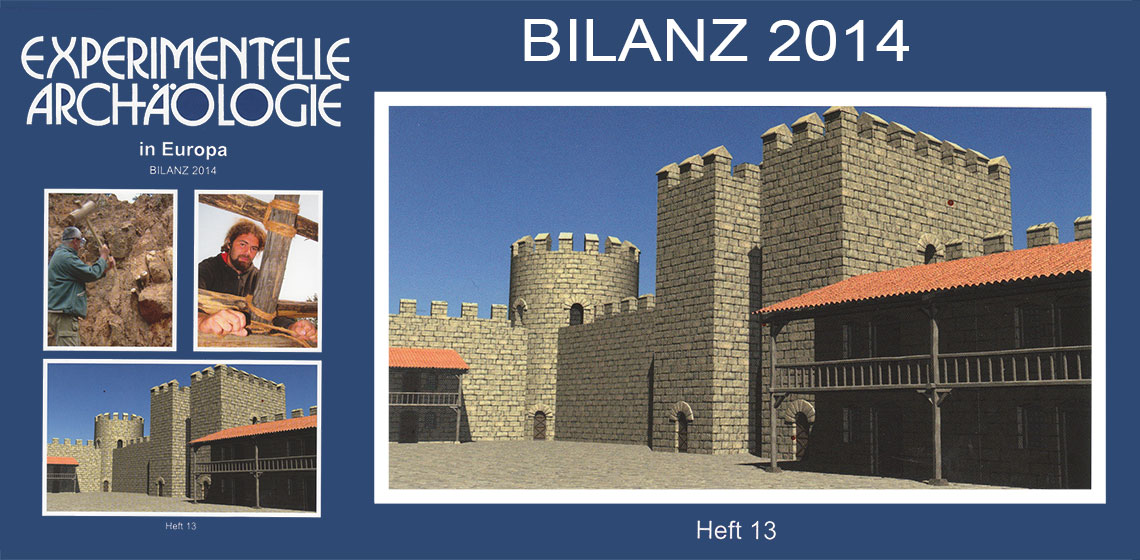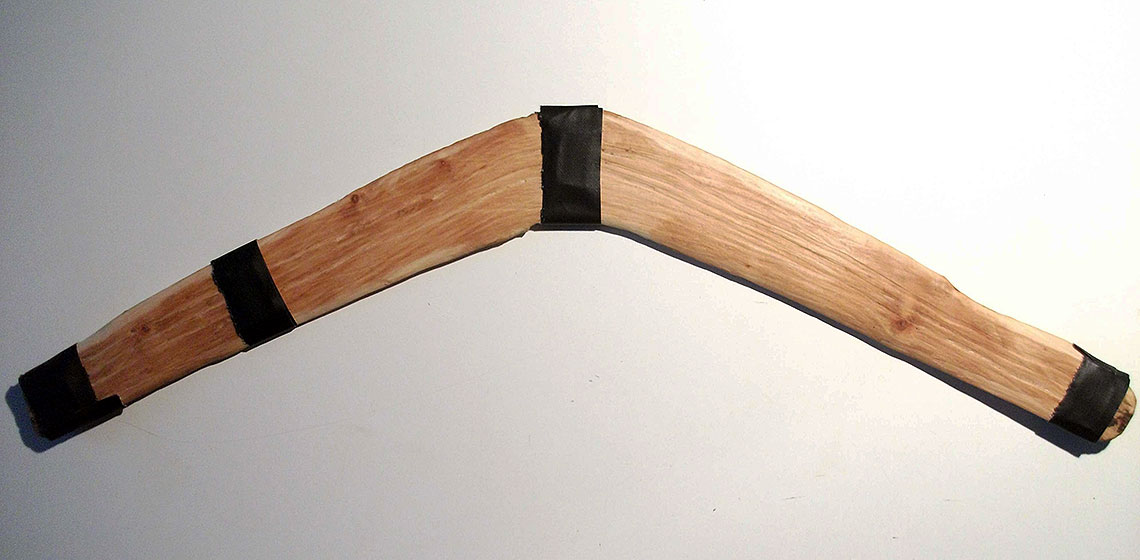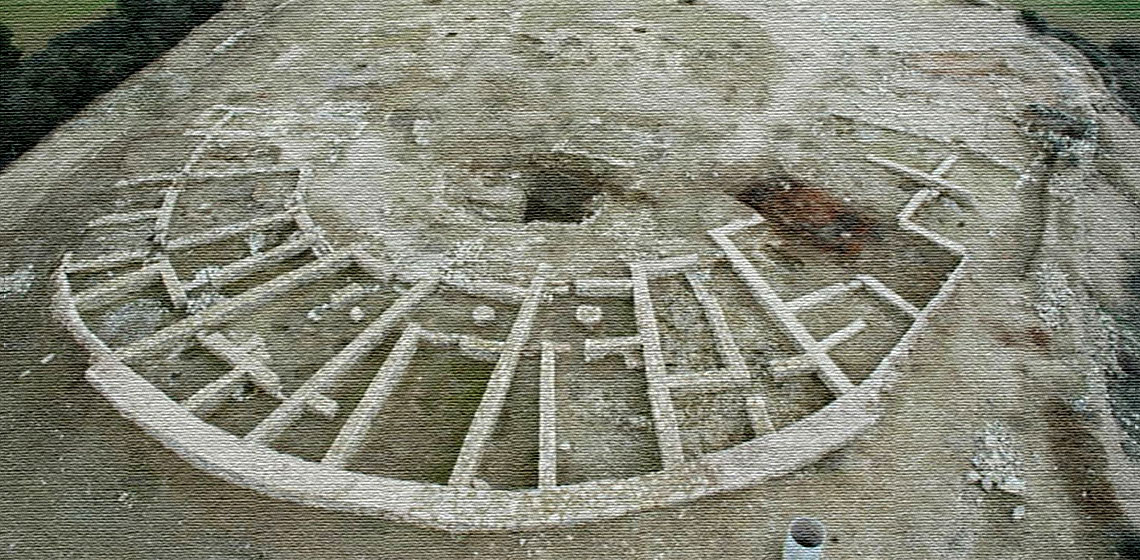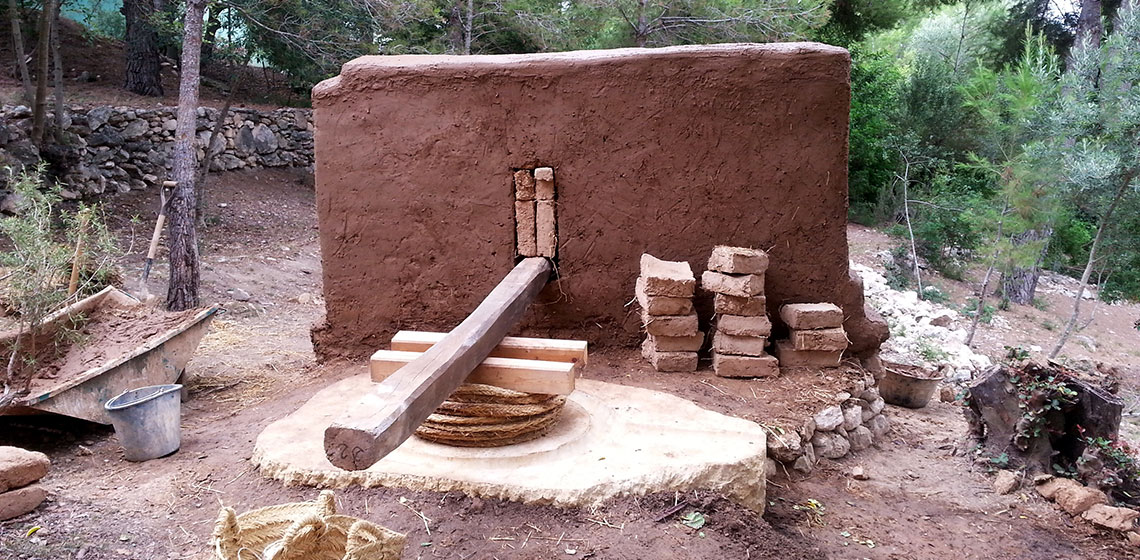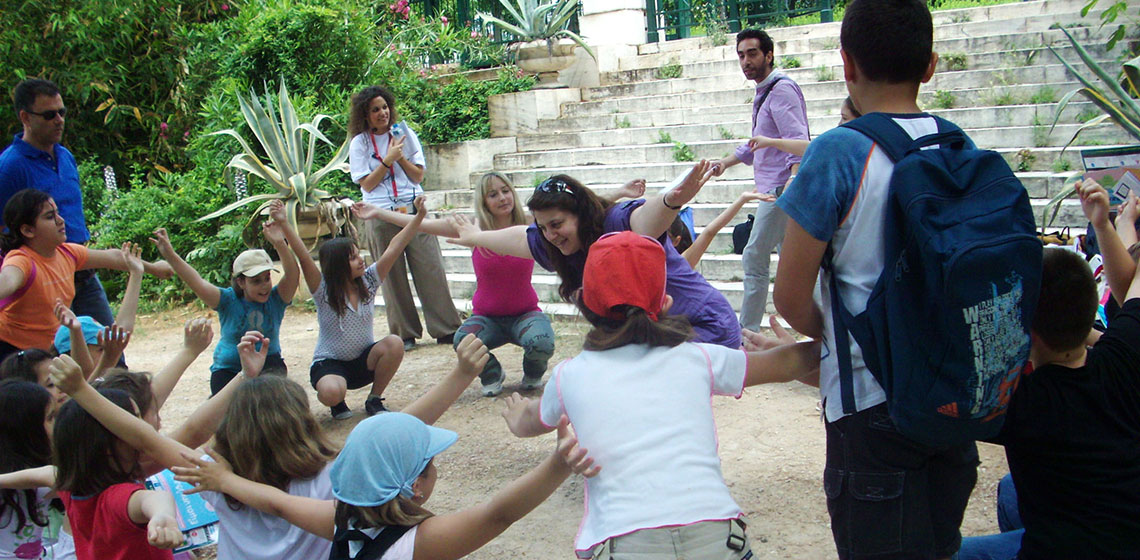Iron Age
Conference Review: Was it all worth it? Archaeological Reconstructions Between Science and Event
Matilda Siebrecht cand. PhD
Education:
MA Archaeology from the University of Aberdeen (2014)
My dissertation looked at the possible uses of seaweed in Viking Age Metallurgy. This research used experimental methods working with seaweed in an iron-age style forge (provided by EXARC member Dave Budd).
Book Review: Experimentelle Archäologie in Europa, Bilanz 2014
***Volume number 13 of the periodical Experimentelle Archäologie in Europa. Bilanz contains 215 pages with 18 different articles on a wide variety of subjects. The contributions are presented in four sections: Experiment and Test, Reconstruction Archaeology, Theory and Emanation’, and Short reports...
A Gaulish Throwing Stick Discovery in Normandy: Study and Throwing Experimentations
The Creation of an Experimental Camp of Protohistory at the Iberian Settlement of Estinclells (Verdú, Urgell, Catalonia)
Archeoparco Didattico della Fortezza di Radicofani (IT)
At the Archeoparco Didattico della Fortezza di Radicofani one can learn about the history of human being over the past 4,000 years, all in one place.
Similar to a Chinese bag, it has a Copper Age site in its centre, covered by a medieval fortress, surrounded by a big and beautiful 18th century fortress, all of it embedded in a forest. The site is on top of an old volcanic cone. Being open since 2006, the Archeoparco Didattico della Fortezza di Radicofani exists of several living history areas in and around the fortress and in the forest. The goals are to maintain and preserve the site, lifelong learning and teach the visitors about their roots for a better understanding with the new generation.
Daniël Postma PhD
My involvement with experimental archaeology started with a full-scale reconstruction of an early medieval 'Frisian' farm building in the north of the Netherlands.
Making Wine like Iberians: a Learning Experience with the International Workcamp at La Ciutadella Ibèrica of Calafell
The international workcamp in Calafell
The workcamps in Calafell are coordinated by the Fundació Pere Tarrés, a non-profit organisation of social action devoted to the promotion of leisure education and volunteering among other objectives, and the municipality of Calafell is one of the organisations that support these workcamps. So far La Ciutadella Ibèrica has held three of these projects (2010, 2012 and 2013) with international volunteers being the core theme of the activity.
Museum Theatre in Greece: Perspectives in Site Interpretation
Introduction
Museum theatre as an umbrella-term is used to describe a variety of performative events aimed to interpret fragments of cultural heritage. In the framework of one of the main challenges contemporary museums face, that of having a social impact while dealing with heritage, whom values and narratives can always be “contested and disputed” (Smith 2011, 70), museum theatre has proved that not only can it enforce a constructivist approach in a museum environment but it can also generate debate and promote critical thinking on controversial issues (Farthing 2010).

